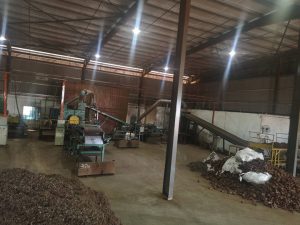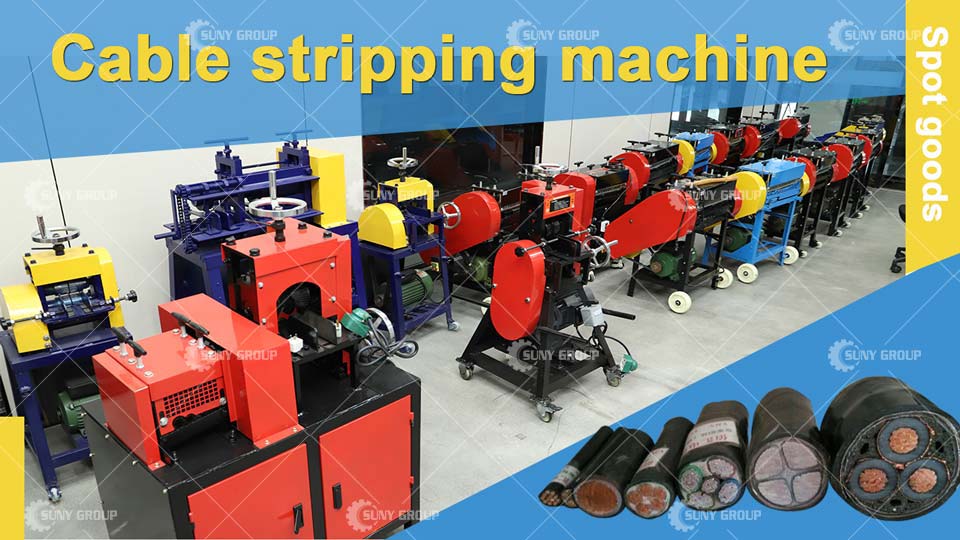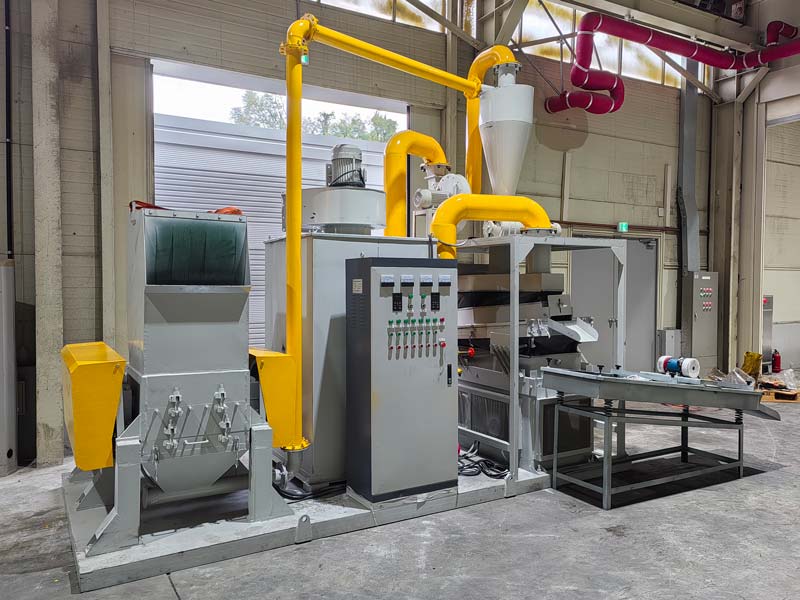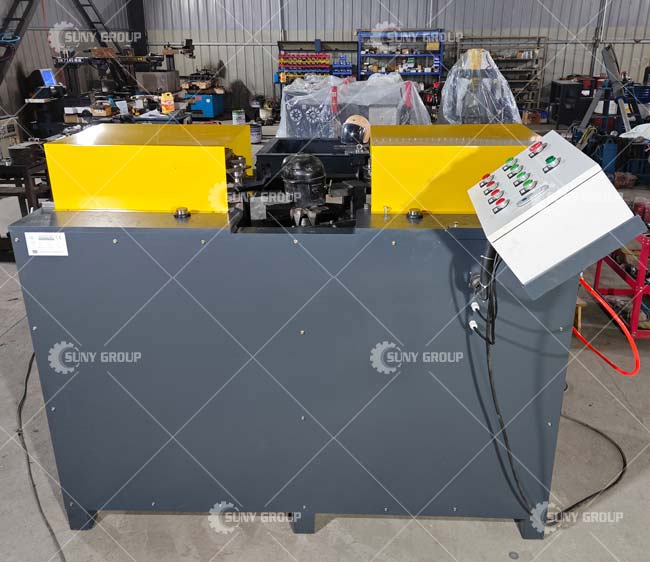- cost of hydraulic briquetting machine for waste recycling
- Energy-Efficient Balers
- high pressure briquette press for copper slag
- metal powder briquetting machine for smelting furnaces
- briquette machine with automatic feeding system
- industrial hydraulic briquetting press for steel swarf
- Double Shaft Shredder: Structure, Materials, Working Process, and Output
- compact briquette press for aluminum scrap workshop
How to configure a motor rotor stator recycling production line
Configuring a motor rotor stator recycling production line involves several steps, including planning, equipment selection, process design, and implementation. Below is a stepbystep guide to help you set up an efficient and sustainable recycling line:

1. Define Objectives and Scope
Purpose: Determine the primary goal of the recycling line (e.g., recovering copper, aluminum, steel, or rare earth metals).
Scale: Decide the production capacity (e.g., tons per hour or day).
Input Materials: Identify the types of motors and rotors/stators to be processed (e.g., small household motors, industrial motors, or electric vehicle motors).
2. Conduct a Feasibility Study
Analyze the market demand for recycled materials.
Assess the availability of raw materials (scrap motors).
Evaluate the environmental and regulatory requirements for recycling operations.
3. Design the Recycling Process
The recycling process typically involves the following stages:
1. Collection and Sorting:
Collect scrap motors and separate them by type and size.
Use manual or automated sorting systems.
2. Dismantling:
Remove external casings, bolts, and nonmetallic components.
Use tools like hydraulic shears or automated dismantling machines.
3. RotorStator Separation:
Separate the rotor and stator using cutting or pressing equipment.
4. Copper Winding Extraction:
Use wire stripping machines or thermal methods to remove copper windings from the stator.
5. Crushing and Shredding:
Shred the remaining metal parts into smaller pieces for further processing.
6. Separation of Materials:
Use magnetic separators to extract iron and steel.
Use eddy current separators to recover nonferrous metals like aluminum and copper.
Use air separation or vibrating screens to remove nonmetallic residues.
7. Purification and Refining:
Refine recovered metals to meet industry standards.
4. Select Equipment
Based on the process design, choose the appropriate machinery:
Dismantling Tools: Hydraulic shears, cutting machines.
Wire Stripping Machines: For copper winding extraction.
Shredders and Crushers: For reducing motor components into smaller pieces.
Magnetic Separators: For ferrous metal recovery.
Eddy Current Separators: For nonferrous metal recovery.
Conveyor Systems: For material transport between stages.
Dust Collection Systems: To manage airborne particles and ensure worker safety.
5. Plan the Layout
Design a logical flow for the production line to minimize material handling and maximize efficiency.
Ensure adequate space for equipment, storage, and worker movement.
Consider safety measures, such as fire prevention and dust control.
6. Implement Automation and Control Systems
Use programmable logic controllers (PLCs) and sensors to automate the recycling process.
Monitor key parameters like throughput, material purity, and energy consumption.
7. Ensure Compliance with Regulations
Obtain necessary permits and licenses for recycling operations.
Follow environmental regulations for waste disposal and emissions.
Implement safety protocols to protect workers.
8. Train Staff
Provide training on equipment operation, safety procedures, and quality control.
Emphasize the importance of proper sorting and material handling.
9. Test and Optimize the Production Line
Run trial operations to identify bottlenecks or inefficiencies.
Optimize the process flow and equipment settings for maximum output and material recovery.
10. Monitor and Maintain the Line
Regularly inspect and maintain equipment to prevent breakdowns.
Track key performance indicators (KPIs) such as material recovery rates, energy consumption, and production costs.
Continuously improve the process based on feedback and technological advancements.
Example Equipment Suppliers
Shredders: SSI Shredding Systems, WEIMA.
Magnetic Separators: Eriez, Goudsmit Magnetics.
Eddy Current Separators: Steinert, Bunting.
Wire Stripping Machines: Copper Rec, Guidetti.
By following these steps, you can configure a motor rotor stator recycling production line that is efficient, environmentally friendly, and profitable.




INQUIRY